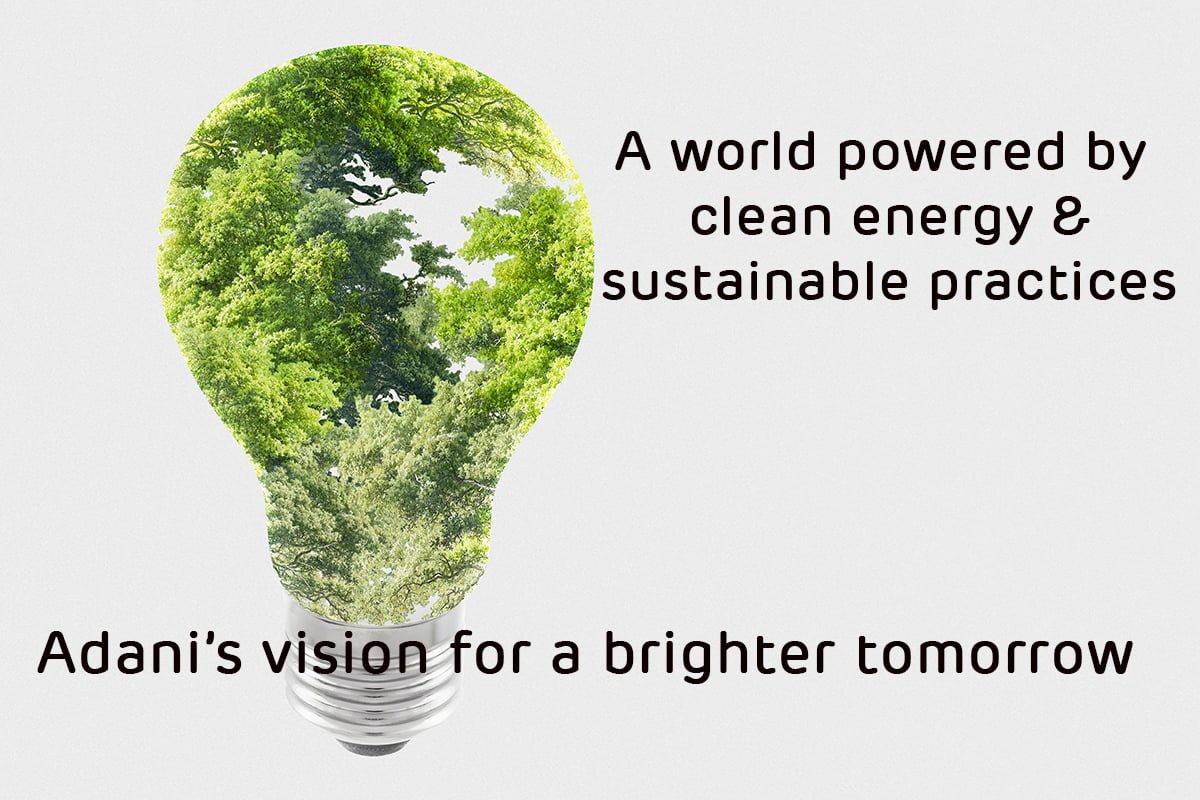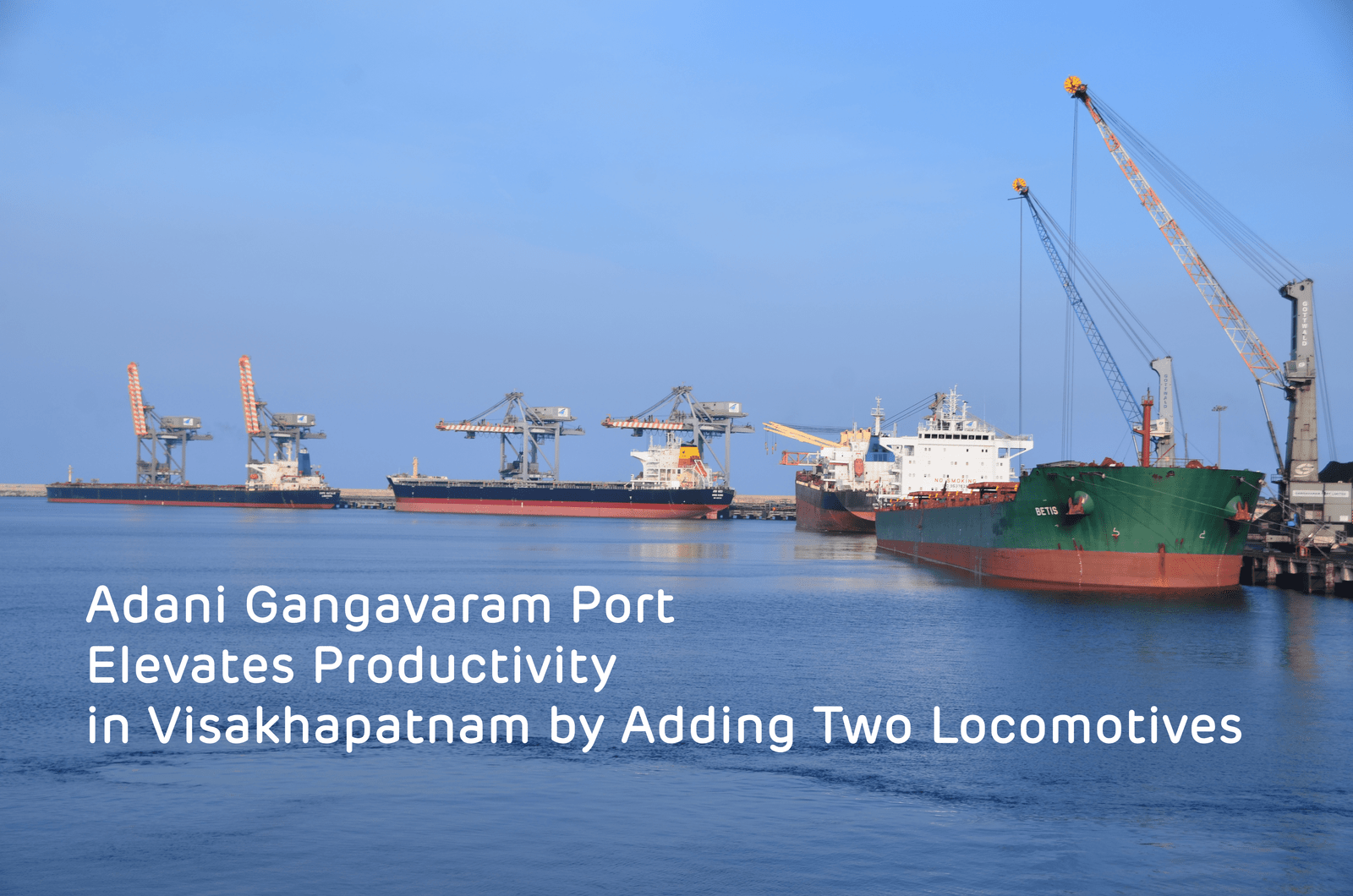Food and peace go hand in hand. But what is the relationship between the two? In the development context, peace refers to creating a conducive climate for development initiatives to be successful. Feeding every mouth by 2030 is one of the goals of the UN Sustainable Development (UNSD). The World Food Program statistics show that the number of people affected by hunger in 2021 were 828 million, 22% more than in 2019 – the year that saw Covid-19 taking a serious toll on everyday lives. Sadly, the poor are the worst hit as malnutrition is highest among the poorest 20% in many countries.
India is home to a very high number of malnourished children, particularly those belonging to poor families. It’s a cause for concern because about one-third of malnourished kids globally are Indian. Malnutrition does not necessarily happen due to poverty. It can also happen because of lack of proper knowledge about a balanced diet and the importance of proper hygiene and sanitation. Nutrient deficiencies can lead to weak limbs, poor weight, anaemia, stunted growth, and other illnesses.
The UNSD Goal 2: Zero Hunger emphasizes ending hunger by 2030, and all forms of malnutrition by 2025. Aligned with this is Project Suposhan, launched by Adani Wilmar in association with Adani Foundation, the implementation partner. The project intends to support the Ministry of Women and Child Development’s Poshan Abhiyaan by facilitating a community-based model to control the spread of malnutrition and anaemia among children, adolescent girls, pregnant women, lactating mothers, and women of reproductive age.
So, there is hope. Suposhan Sanginis are health volunteers. Trained under the project, they have been spreading awareness among the people across 12 states, 14 sites, and 1,083 villages. There are 430 Sanginis, who are in touch with 65,000 children, and 1,60,000 women and adolescent girls. They reach out to people, sit with them and tell them the importance of maintaining hygiene and a healthy diet. They visit households and anganwadis and gather information about kids, girls and women and then begin counselling them. There are challenges, like initial resistance to believing the Sanginis and trusting them.
Sanginis are also peace brokers, who are able to break the ice with communities with their touch of compassion and regular visits. It was during these visits that they came across Anya in a Varanasi slum, Jaimin in a village in Borisana, Gujarat and Ashwini in a small village, Pandharakhedi, in Saoner block of Nagpur, Maharashtra. While two-year-old Anya had difficulty standing on her feet, one year and few months old Jaimin was just 65 cm tall and weighed only 6 kg, and for 4-year-old Ashwini, walking with a protruding belly caused due to a liver ailment was almost impossible. With proper counselling and constant monitoring, both by doctors and the Suposhan team, they regained health. Being women, they are able to build a rapport with lactating mothers and women of reproductive age, who listen to their advice and include nutritious foods in their diet.
Health workers, companions or peace brokers – call them by whichever name –Suposhan Sanginis are empowering the communities with practical advice and self-sustaining techniques.










